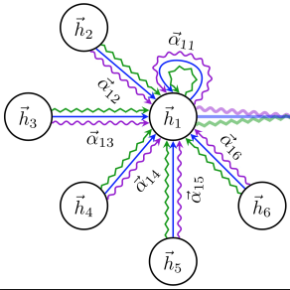Recently, graph-based algorithms have drawn much attention because of their impressive success in semi-supervised setups. For better model performance, previous studies learn to transform the topology of the input graph. However, these works only focus on optimizing the original nodes and edges, leaving the direction of augmenting existing data unexplored. In this paper, by simulating the generation process of graph signals, we propose a novel heuristic pre-processing technique, namely ELectoral COllege (ELCO), which automatically expands new nodes and edges to refine the label similarity within a dense subgraph. Substantially enlarging the original training set with high-quality generated labeled data, our framework can effectively benefit downstream models. To justify the generality and practicality of ELCO, we couple it with the popular Graph Convolution Network and Graph Attention Network to perform extensive evaluations on three standard datasets. In all setups tested, our method boosts the average score of base models by a large margin of 4.7 points, as well as consistently outperforms the state-of-the-art. We release our code and data on https://github.com/RingBDStack/ELCO to guarantee reproducibility.
翻译:最近,基于图形的算法因其在半监督的设置中取得令人印象深刻的成功而引起人们的极大注意。为了改进模型性能,以前的研究学会了转换输入图的表层学。然而,这些研究只侧重于优化原有节点和边缘,使现有数据未探索的扩展方向得以保持。在本文中,我们通过模拟图形信号的生成过程,提出了一种新的超常预处理技术,即ELELCO(ELCO),它自动扩大新的节点和边缘,以在密集的子集中改进标签相似性。大幅度扩大原始培训集,使用高质量的标签数据,我们的框架可以有效地有益于下游模型。为了证明ELCO的普遍性和实用性,我们将它与流行的图象变迁网络和图解注意网络结合起来,以便对三个标准数据集进行广泛的评估。在所有测试的设置中,我们的方法将基础模型的平均分数提高4.7个百分点,并不断超越R型状态。我们发布了我们的代码和数据在 https://CO/Bubsurviilable上进行重新研究。




